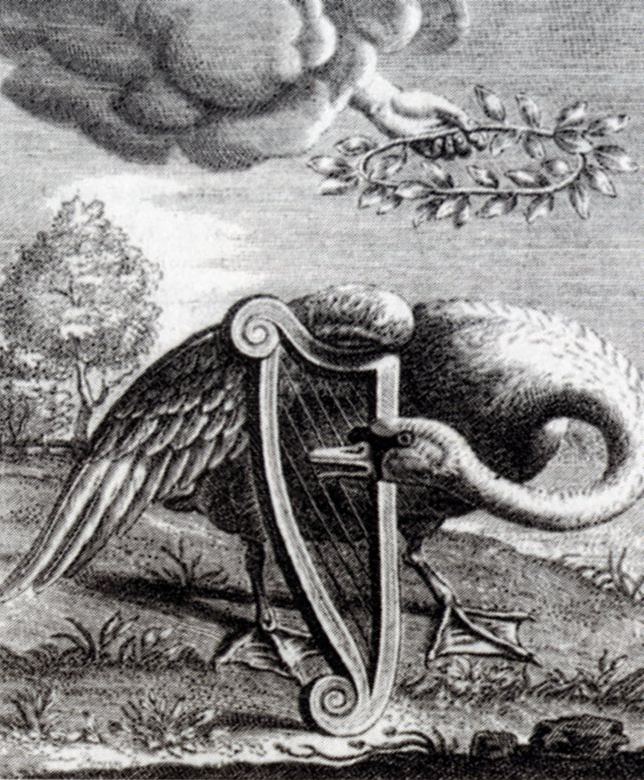 | ||
Lana del rey swan song audio
The swan song (ancient Greek: κύκνειον ᾆσμα; Latin: carmen cygni) is a metaphorical phrase for a final gesture, effort, or performance given just before death or retirement. The phrase refers to an ancient belief that swans (Cygnus spp.) sing a beautiful song in the moment just before death, having been silent (or alternatively, not so musical) during most of their lifetime. This belief, whose basis in actuality is long-debated, had become proverbial in ancient Greece by the 3rd century BC, and was reiterated many times in later Western poetry and art.
Contents
- Lana del rey swan song audio
- Rollplay swan song week 1 part 1
- Origin and description
- Controversy
- Idiom
- References
Rollplay swan song week 1 part 1
Origin and description
In Greek mythology, the swan was a bird consecrated to Apollo, and it was therefore considered a symbol of harmony and beauty and its limited capabilities as a singer were sublimated to those of songbirds.
Aesop's fable of "The Swan and the Goose" incorporates the swan song legend as saving its life when it was caught by mistake instead of the goose but was recognized by its song. There is a subsequent reference in Aeschylus' Agamemnon (verses 1444–5) from 458 BC. In that play, Clytemnestra compares the dead Cassandra to a swan who has "sung her last final lament". Plato's Phaedo (84d) records Socrates saying that, although swans sing in early life, they do not do so as beautifully as before they die. Furthermore, Aristotle noted in his History of Animals (615b) that swans "are musical, and sing chiefly at the approach of death". By the third century BC the belief had become a proverb.
Ovid mentions it in "The Story of Picus and Canens" (Metamorphoses, book XIV:320–396): "There, she poured out her words of grief, tearfully, in faint tones, in harmony with sadness, just as the swan sings once, in dying, its own funeral song." The swan was also described as a singer in the works of the poets Virgil and Martial.
Controversy
The most familiar European swan, the mute swan (Cygnus olor), although not actually mute, is known neither for musicality nor to vocalize as it dies. This has led some to criticize swan song beliefs since antiquity, one of the earliest being Pliny the Elder: in 77 AD, Natural History (book 10, chapter xxxii: olorum morte narratur flebilis cantus, falso, ut arbitror, aliquot experimentis), states: "observation shows that the story that the dying swan sings is false." Peterson et al. note that Cygnus olor is "not mute but lacks bugling call, merely honking, grunting, and hissing on occasion."
However, the whooper swan (Cygnus cygnus), a winter visitor to parts of the eastern Mediterranean, does possess a 'bugling' call, and has been noted for issuing a drawn-out series of notes as its lungs collapse upon expiry, both being a consequence of an additional tracheal loop within its sternum. This was proposed by naturalist Peter Pallas as the basis for the legend. Both mute and whooper swans appear to be represented in ancient Greek and Egyptian art.
The whooper swan's nearest relatives, the trumpeter and tundra swans, share its musical tracheal loop. Zoologist D.G. Elliot reported in 1898 that a tundra swan he had shot and wounded in flight began a long glide down whilst issuing a series of "plaintive and musical" notes that "sounded at times like the soft running of the notes of an octave".
Idiom
By extension, "swan song" has become an idiom referring to a final theatrical or dramatic appearance, or any final work or accomplishment.
